A City within a City: San Francisco’s Doelger City
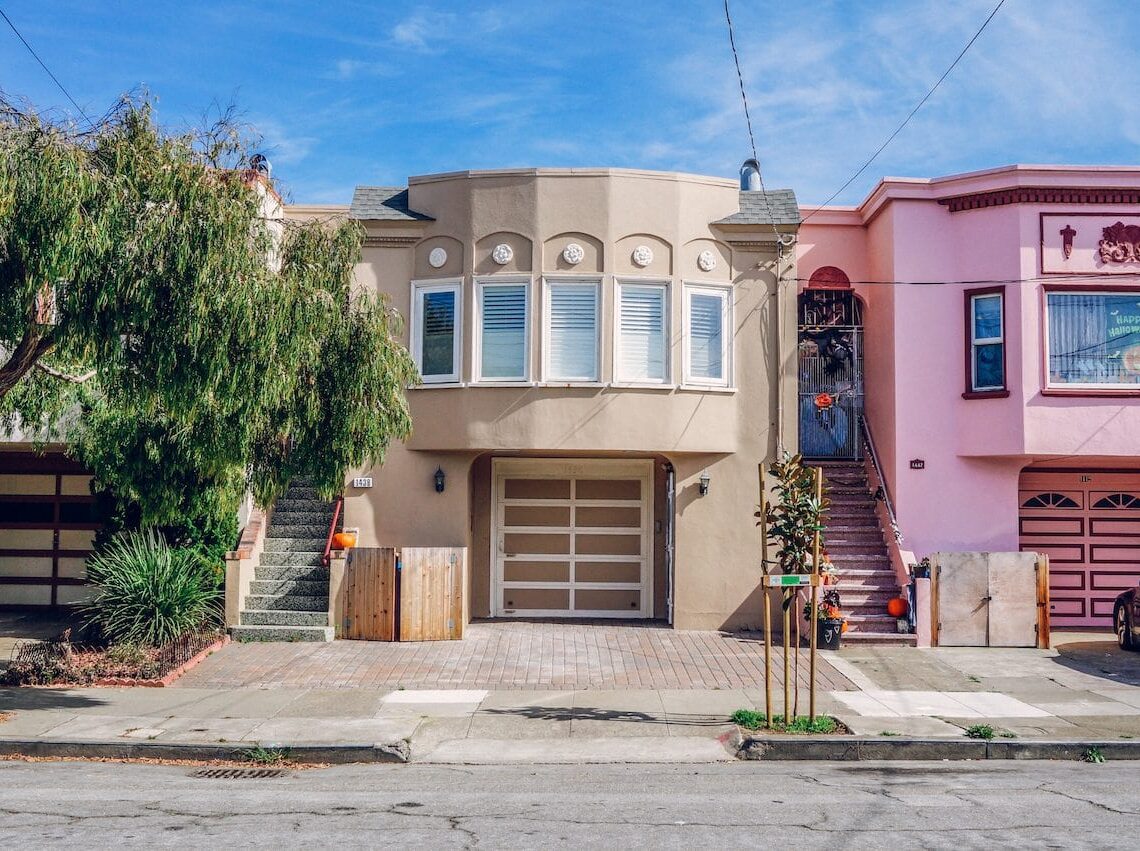
In the early 1900’s, the intersection of 39th and Judah existed on a map, but in reality was just a large sand dune. The Outer Sunset, known at the time as the “Outer Lands” was nothing more than sand dunes, growing larger or smaller with every gust of wind. In the early 1920s, a man named Henry Doelger saw the potential of this barren land and began to build homes along what maps showed as 39th Avenue and Judah Street.
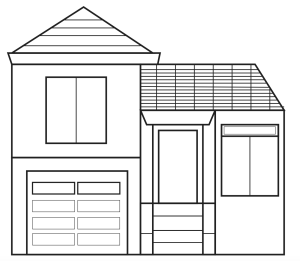
The first Doelger home went up in 1925, and his company began to rapidly pave over the sand dunes to build more and more homes. Doelger was able to secure a huge loan from Bank of America around 1929, which shielded his company from the Great Depression and allowed him to continue developing. When the New Deal’s Federal Housing Administration made home purchases available to the middle class, Doelger became the biggest homebuilder in the country. Between 1934 and 1941, the dunes of the Outer Lands were quickly paved over as Doelger built up to two homes a day.
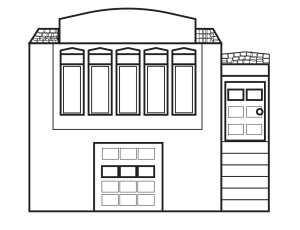
Initially, Doelger’s homes were heavily criticized as cookie-cutter, but as suburbanization took hold of American culture, his homes became the norm. They even inspired the song “Little Boxes” by Malvina Reynolds, an anti-suburbanization protest song. Most of these houses have a similar floor plan-two bedrooms and one bathroom, with living quarters upstairs from a street-level garage. Over the years, Doelger created 6 different styles of his homes.
When Henry Doelger started constructing his homes, Spanish architecture was the standard, and Doelger designed his homes with stucco exteriors, barrel-fronts over recessed garage entries, open stairwells, red tile roofing, and generic decorations on the facade. These homes were advertised as “Mediterranean Revivals”, and he built these up until the late 1930’s.
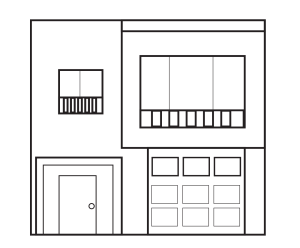
As architectural trends moved to modern styles in the 1940’s, which brought about the “tunnel” entrance to his homes, along with straight lines and no facades. He advertised these homes as being the “Styleocrat“.
Keeping up with the modern architecture, Doelger designed the “Rainbow House” style in 1941, and while it was quite similar to the Styleocrat design, it offered very few interior features and plain walls.
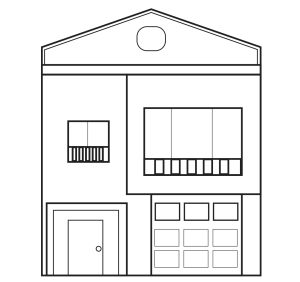
As the United States entered into World War Two, materials for building became scarce and the housing market began to slow. This didn’t stop Doelger from building however, the homes he built were noticeably smaller and cheaper. Even so, they did not depart from the typical stylings of Doelger. He aptly named this design the “Freedom House.”
When the war continued to drag on, Doelger was tapped by the United States Government to construct over 3,000 units of defense housing in the East Bay and in South San Francisco. Even then, Doelger kept building in the Sunset. These models, called the “Nantucket”, were advertised as the last chance to buy a large home in the Sunset because most of the building materials were being diverted to defense housing. This model’s main difference was that it was taller than the previous models.
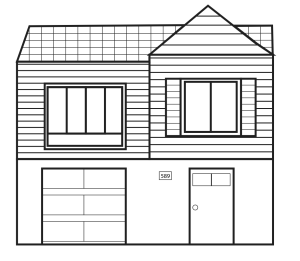
Doelger’s last style was called “The Westridge.” It was inspired by homes in the American Colonies, with shutters and the appearance of being made of wood. They were noticeably smaller than his previous designs and were designed for veterans returning from the war.
Doelger’s legacy lives on today in the Sunset, with a great majority of his homes still in use today. Henry Doelger masterminded the Westlake area of Daly City and the area between 27th and 39th Avenues and Kirkham and Quintara Streets are known as “Doelger City.” Doelger’s homes made homeownership possible to families who in the past could only dream of owning their homes, and his legacy still lives on today in the Outer Sunset.
Stay tuned for extended neighborhood guides coming to jodigroup.com.
